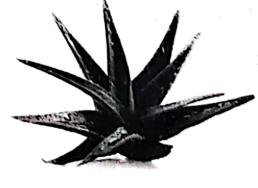If you are someone who likes to end the day by taking a book to bed, Gladstone's Library in the UK might be a good place for you. This is a library like any other but with an important difference—you can also sleep there. It is a paradise (乐园) for book lovers where you don't need to take only one book to bed—you can choose from 150, 000!
Hidden in a beautiful town in North Wales, Gladstone's Library is a popular place to spend a nice quiet weekend. It looks like the type of the old library you might see in a movie and visitors say it has the right smell, too! The library is open to the public during the day but for those who want to make the most of their reading. There are twenty-six bedrooms just meters from the books, with prices starting at $145 per night. At first the rooms were mostly used by theologians (神学家). These days, anyone interested in reading can stay.
The library was the idea of William Gladstone. He wanted his large collection of books to be read by the public so he moved more than 30,000 from his home to a library in the village nearby. By that time, he was over eighty years old and he didn't live to see the opening of the library he had imagined.
But with his books and a large amount of money he left, the building was opened in 1889. Now, the library welcomes students, writers, scientists, theologians and those who just enjoy books.
